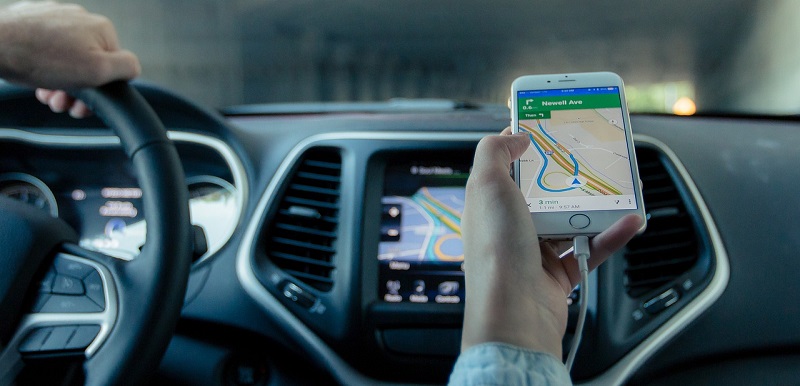In an era of advanced technology and increasing connectivity, data protection is of paramount importance across various sectors, including the automotive industry. WiMi Hologram Cloud Inc., a leading provider of holographic augmented reality (AR) technology, has proposed a groundbreaking solution to safeguard data across vehicular networks. Their custom vehicular network-based consensus algorithm (VBCA) utilizes blockchain technology to maintain the secure exchange of confirmed information. This article explores the intricacies of VBCA and how it revolutionizes data protection in vehicular networks.
VBCA Overview
VBCA is an innovative algorithm that leverages the power of blockchain to secure information exchanged within a vehicular network. By utilizing a distributed ledger system, VBCA eliminates the need for a centralized authority, enhancing security and data integrity. This algorithm ensures that all confirmed information is stored securely on the blockchain, making it immutable and resistant to tampering or unauthorized access.
Consortium Chain for Optimal Efficiency
To optimize transmission efficiency and minimize data exchange latency, VBCA employs a consortium chain. This consortium chain allows for a selective and controlled group of participants to maintain the blockchain. By limiting access to a consortium of trusted entities, VBCA ensures that only authorized participants can validate and add new blocks to the blockchain. This approach significantly enhances the efficiency and security of data transmission within the vehicular network.
Maximizing Decentralization of Data Exchanges
One of the core objectives of VBCA is to maximize the decentralization of data exchanges without compromising data integrity and security. Traditional centralized systems pose a risk of single points of failure and susceptibility to malicious attacks. VBCA addresses these concerns by distributing the validation process across multiple nodes within the vehicular network. In doing so, it eliminates the vulnerability associated with a central authority and enhances the network’s resilience against potential threats.
Lightweight Decentralized Ledger Integration
VBCA is designed as a lightweight decentralized ledger system that seamlessly integrates with existing peer-to-peer (P2P) networks. This integration allows for efficient communication and data sharing between vehicles and devices within the network. By leveraging the power of blockchain, VBCA ensures that the exchanged information remains intact, verifiable, and secure.
Creating a Network for Physical Layer Vehicles
The integration of blockchain with P2P networks extends the capabilities of VBCA to the physical layer of vehicles and devices. This integration enables enhanced communication and coordination among various components of the vehicular network. By establishing a secure and reliable network, VBCA ensures that data is protected at all levels, from the application layer to the physical layer.
Reducing Communication Latency
Communication latency can hinder the efficiency of data transmission within a vehicular network. VBCA addresses this challenge by implementing a unique approach to reduce communication latency. By combining all active blocks into a lightweight blockchain, VBCA eliminates unnecessary delays while maintaining the integrity and security of the data.
Data Protection as the Primary Objective
At its core, VBCA aims to protect data across the vehicular network by leveraging the inherent security features of blockchain technology. The algorithm ensures that all information exchanged is securely stored on the blockchain, preventing unauthorized access and tampering. This robust protection mechanism safeguards sensitive data and instills trust among network participants.
Secure Information Exchange and Data Integrity
With VBCA, secure information exchange and data integrity are the primary focus. The algorithm utilizes cryptographic techniques to ensure the confidentiality and authenticity of data. By leveraging the immutability of blockchain, VBCA guarantees that data remains unaltered and traceable throughout its lifecycle within the vehicular network.
Enhancing Efficiency and Security
The integration of blockchain with P2P networks enhances the efficiency and security of vehicular networks. VBCA’s lightweight decentralized ledger system streamlines data transmission, enabling real-time communication while preserving data integrity. The robust security features of blockchain fortify the network against potential cyber threats, making it a highly reliable solution for data protection in vehicular networks.
WiMi Hologram Cloud Inc.’s custom vehicular network-based consensus algorithm (VBCA) introduces a paradigm shift in data protection within the automotive industry. By leveraging the power of blockchain technology, VBCA ensures secure information exchange, maximizes data integrity, and minimizes communication latency. The integration of VBCA with P2P networks creates a resilient and efficient vehicular network, setting new standards for data protection in the digital age.

